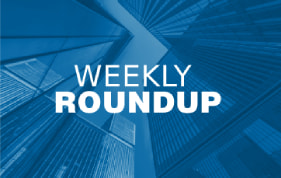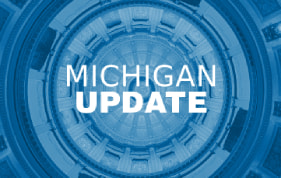This webinar was held on January 8, 2019.
Managed care plans face significant strategic and operational questions when it comes to serving individuals enrolled in both Medicare and Medicaid. That’s because existing managed care models and state and federal policies are evolving in ways that will dramatically impact the roles and responsibilities of participating plans. What’s more, no single model has emerged as preeminent – whether it involves variations on the Capitated Financial Alignment Demonstrations (aka dual demonstrations), Dual Eligible Special Needs Plans (D-SNPs), Fully Integrated Dual Eligible Special Needs Plans (FIDE SNPs), or even provider-led initiatives.
During this webinar, HMA experts provided an overview of the complex landscape for integrated Medicare-Medicaid managed care and assessed what state and federal changes mean for health plans. Speakers also provided insights into how health plans can best develop the expertise needed to effectively serve this population and successfully compete no matter which models emerge.
Learning Objectives
- Learn how health plans are tailoring models of care and services within a shifting regulatory framework to successfully serve the diverse needs of dual eligible populations.
- Understand the implications of new state requirements that Managed Long Terms Services and Supports (MLTSS) plans operate D-SNPs, and that D-SNPs serve and coordinate care for Medicaid members.
- Understand how rules surrounding default enrollment of dual eligible populations will impact the growth prospects of Medicaid managed care plans and D-SNPs.
- Find out what to watch for as federal regulators get ready to release new rules encompassing Medicare-Medicaid integration and care coordination.
- Learn why health plans need to reevaluate internal operations and organizational structures to better focus care coordination efforts for dual eligible members and break down walls between Medicare and Medicaid business lines.
HMA Speakers
Sarah Barth, Principal, New York, NY
Ellen Breslin, Principal, Boston, MA
Who Should Listen
Executives of Medicaid managed care plans, Medicare-Medicaid Plans, D-SNPs, and FIDE-SNPs; providers and executives of provider-led Medicare-Medicaid initiatives; state and federal regulators.



